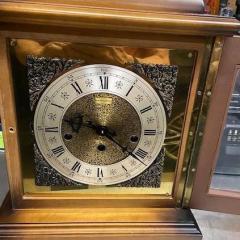All Things Clocks
Post all things relating to clocks in this forum. Yes this is a watch forum, but we still love all things that go tick and that includes clocks.
1174 topics in this forum
-
- 2 replies
- 790 views
-
- 2 replies
- 1.1k views
-
- 6 replies
- 1.4k views
-
- 1 reply
- 833 views
-
- 4 replies
- 1.3k views
-
- 13 replies
- 1.9k views
-
- 10 replies
- 1.8k views
-
- 4 replies
- 1.1k views
-
- 23 replies
- 2.6k views
-
- 11 replies
- 1.8k views
-
- 24 replies
- 2.2k views
-
- 14 replies
- 1.8k views
-
- 5 replies
- 1.4k views
-
- 3 replies
- 1.2k views
-
- 1 reply
- 1.4k views
-
- 1 reply
- 915 views
-
- 1 reply
- 1.2k views
-
- 4 replies
- 2k views
-
- 2 replies
- 1.3k views
-
- 2 replies
- 1.6k views
-
- 11 replies
- 2.1k views
-
- 4 replies
- 1.6k views
-
- 22 replies
- 1.9k views
-
- 13 replies
- 1.9k views
-
- 11 replies
- 2.3k views











